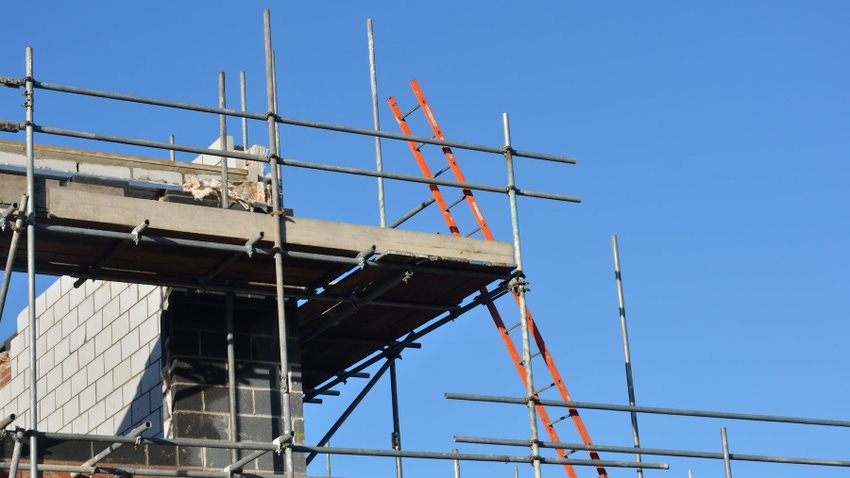5 Top Causes of Ladder Incidents and How to Prevent Them
These include missing the last step, overreaching, losing three points of contact and more.

Ladder violations always are among the highest OSHA jobsite citations, so it’s critical that contractors know the common causes of ladder incidents and how to safeguard against them, said Eric Blankinship, senior product manager for Werner, during an American Ladder Institute webinar kicking off National Ladder Safety Month in March.
These citations included improperly extended ladders, use in unintended purposes, use of the top of the ladder as a step, a lack of three points of contact and use of broken ladders, Blankinship said.
Here are the five most common causes of ladder incidents and how to avoid them:
1 | Missing the last step of the ladder when climbing down.
Blankinship emphasized the need to exercise caution when climbing down a ladder, always face the ladder when climbing up or down and to not skip steps.
“When you believe that you’re on the bottom step, take a look down to confirm while maintaining your grip on the rails as you climb down before you put your foot down on the ground,” Blankinship said.
2 | Overreaching while on the ladder.
When working on a ladder, keep your center of gravity and body between the side rails. If you can’t easily reach the project area once you’ve ascended the ladder, climb back down and move the ladder closer to the project space.
“We like to say, ‘Keep your belt buckle inside the rails,’” he suggested.
3 | The ladder was not the right size for the job.
One of the factors in determining the right ladder for the job is length. A good rule of thumb when selecting a ladder is to calculate the user’s maximum reach height, which is about four feet higher than the height of the ladder, Blankinship explained.
4 | The ladder was not on firm, level ground.
Clear trash, construction materials and other obstructions away from the base and top of the ladder. The base should be safely secured to prevent accidental movement, or you can use a ladder with nonslip feet or add outriggers or levelers to the bottom of an extension ladder to increase the footprint.
“Extension ladders are often used outdoors, so make sure you’ve used the toe picks correctly, you’re sunk into solid ground and that you step on the bottom rung to make sure it’s good before you climb,” he said.
5 | Three points of contact were not used when climbing the ladder.
Always maintain contact with two hands and a foot or two feet and a hand when climbing up or down a ladder to ensure you maintain balance.
Keep an eye out for our next ladder safety article, addressing how to choose the correct ladder for your job.
About the Author(s)
You May Also Like




